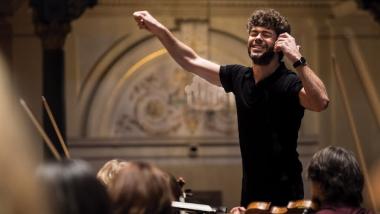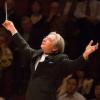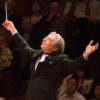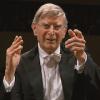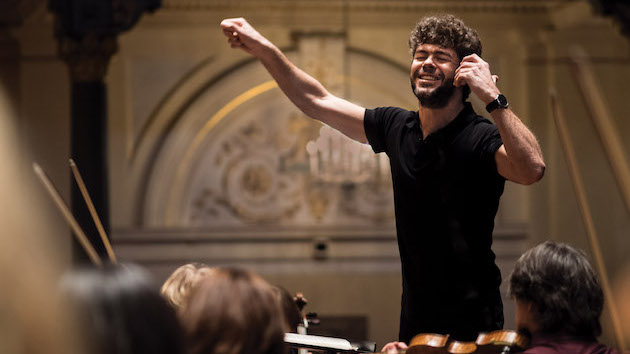
You could feel it before they played a note.
As guest conductor Pablo Heras-Casado raised his long arms to cue the first downbeat of the Brahms Symphony No. 1 on Friday night at Davies Hall, the entire San Francisco Symphony ensemble seemed to take and hold a collective breath. Then, in a kind of ferocious exhalation, the musicians entered the timpani-studded thicket at the outset of the piece. That opening Allegro — indeed the entire symphony — drove on with an oxygen-infused, organic inevitability.
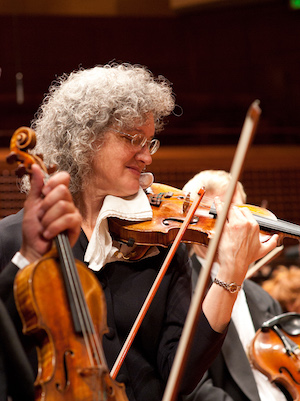
The climaxes were full of frantic but tautly rendered heavy breathing. The orchestral colors were bright and raw, tender and tenacious. The Andante unfolded as a silken marvel, dark-hued and embroidered with the woodwinds’ exquisite stitching and the gorgeous sheen of associate concertmaster Nadya Tichman’s soulful solo.
Shafts of light broke through the burbling third movement, once again enhanced by the woodwinds, with the fearless horns poised to strike. The final movement came in wind-blown fragments and tense pizzicati that gradually coalesced around the work’s famous and here elegantly understated theme, which in turned fueled a gradually constructed and concussive finish. This was high-octane music-making, as cunningly shaped as it was viscerally immersive.
At 40, Heras-Casado is no Dudamelian wunderkind. Eight years after making his San Francisco Symphony debut (he was a Shenson Young artist in 2013), he is a confidently finished leader who looks fully at home on the Davies podium. Now that Michael Tilson Thomas has announced a 2020 retirement as music director, a new kind of attention falls on any possible successor.
If the weekend’s concerts can be read as any kind of de facto audition or showcase, this dynamic Spaniard left a vivid imprint. Slim, bearded and full of demonstrative fire, he worked in big emphatic gestures, scooping through great swaths of air without a baton. His hands were particularly expressive, signaling tempi clearly and seeming to mold phrases, heighten attacks and elicit pungent or shimmeringly transparent effects. And then there were the full body moments, when he all but danced from ankles to the top of his head, his arms moving so forcefully at times he seemed in danger of dislocating his shoulders.
Appearances only matter when they are realized musically. The orchestra played as if committed to every note and notion Heras-Casado had. The strings sounded lustrous, deep-throated, and thorny as needed. The trombones sang together in seraphic chorales. The percussion was by turns thunderingly assertive and sly.
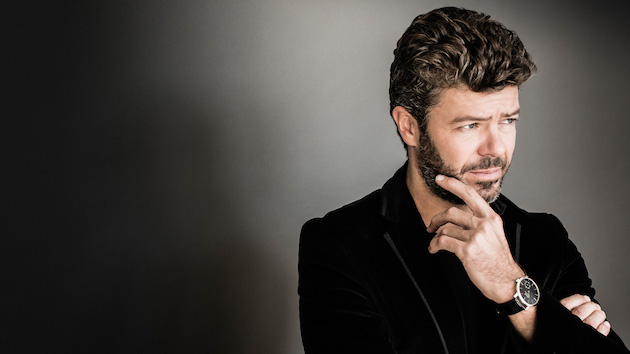
The evening got off to an exciting start, with Esa-Pekka Salonen’s 2005 Helix, in its San Francisco Symphony premiere. A sort of mini concerto for orchestra, this nine-minute piece uses a repeated pulse, first sounded by a hypnotic cloud of percussion instruments, to establish its forward-thrusting momentum. Fetching melodies in the woodwinds and whirling string figures heighten the piece’s perseverating mood. Open fifths bloom later on, as if to charm their way through the wall of sound. The sum effect, not unlike that of Ravel’s Bolero, is a steadily mounting emotional crescendo and catharsis.
Played with full-tilt conviction and verve, Helix got well-earned whoops of delight from the Friday night crowd.
The infectious mood didn’t last, unfortunately. With concertmaster Alexander Barantschik looking and sounding like a soloist conscripted for the chore, a lackluster account of the Shostakovich Violin Concerto No. 2 filled the middle panel of the program. Playing from a score, with his head often down in it, Barantschik gave a largely colorless and character-free performance. His first two cadenzas meandered; only in the prolix third-movement solo did he find a bit more grit and purpose.
For his part, Heras-Casado kept the orchestra on track. He found places to urge the music on rhythmically, coaxed a solemn expressiveness from the cellos and basses and elicited a nice exchange between the soloist and the brass in the closing movement. It was another thing for San Francisco Symphony watchers to appreciate: Even under less than ideal circumstances, this deeply skilled and magnetic conductor can deliver the goods.

